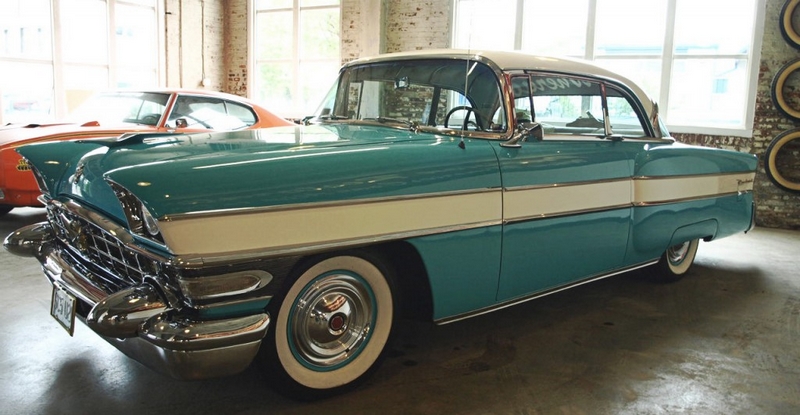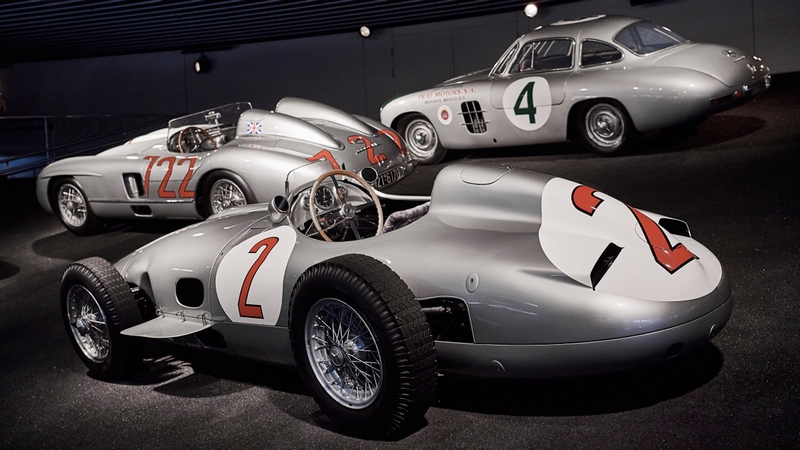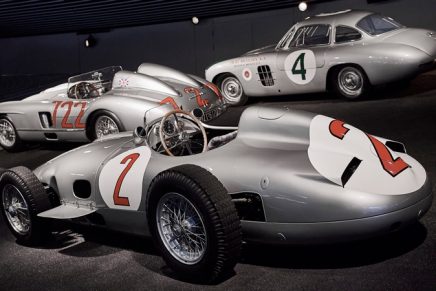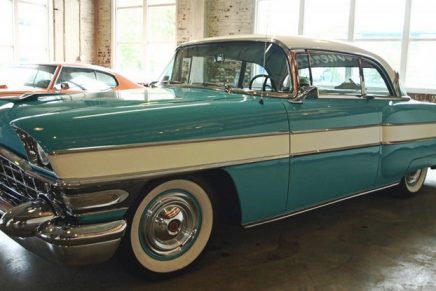Those lines, the chrome, the workmanship — vintage cars have aged like fine wine. Unfortunately, unless they’re well cared for, vintage cars can also age like spoiled milk.
Living in the 21st century, we’re spoiled by cars with excellent rustproofing and durable materials throughout. Don’t change the oil in a Toyota Camry for 25,000 miles? Eh, no big deal.
Step back in time 40 years, and your average car needed frequent adjustments to carburetors and wheel bearing replacements within tens of thousands of miles, not hundreds of thousands.
Of course, you can go the restomodding route and make the car more modern under its skin, adding air conditioning, better suspension, computer-controlled fuel injection, etc., but you still have to make those new parts work with the old car.
Not scared off? Good! Vintage cars are awesome and worth preserving, so let’s talk about five tips you need to get started.
Find Parts Sources
If you’re planning on restoring something more common, like a Cadillac from the 1950s, you can reasonably expect to find enthusiastic support and may even be able to rely on scrap yards for some items. If you’re restoring something rarer, like a Horch or a Stutz Blackhawk, parts may be much fewer and farther between.
Before you decide to fix up a vintage luxury car, find a reputable parts source. You may have to have several. You don’t want to get partway into the project and realize you can’t find a necessary piece.
Get the Right Tools
Cars became more complex from the 1920s through the 1960s. If you want to disassemble a Ford Model A, a straight head screwdriver should do the job.
But if you’re planning on restoring a Ferrari 250 GT Pininfarina Coupe, you’re going to need to have a larger toolbox. Some cars require specialized tools for performing certain jobs, like lubricating specific suspension pieces or removing trim.
Dedicate the Space
Fixing a car requires a surprising amount of room. If you plan on removing the engine and you only have a one-car garage, are you going to leave the engine outside or put it in your living room? You want enough space to be able to lay out parts and move around. You don’t want to trip over anything.
Watch Out for Rust
Rust is an all-pervasive worry on vintage cars, and you need to know where to look depending on the vehicle you want. Buying an old Jaguar XJS? Be prepared for the possibility that the car is mostly composed of rust by now.
Rust isn’t necessarily a dealbreaker, but you have to determine how far it’s spread and whether the rusted parts can be fixed or replaced.
Have a Plan
This consideration is perhaps the biggest area where people get into trouble and start overspending. Research as much as you can about how much people typically pour into the kind of car you want, have an expert look over the car to see what needs replacing, find your space, get your tools, and write everything down.
You need to have a written plan before you get started. The plan may change, but it needs to be there.
Follow these five tips and you’ll be well on your way to restoring your luxury vintage car safely and with ease!







